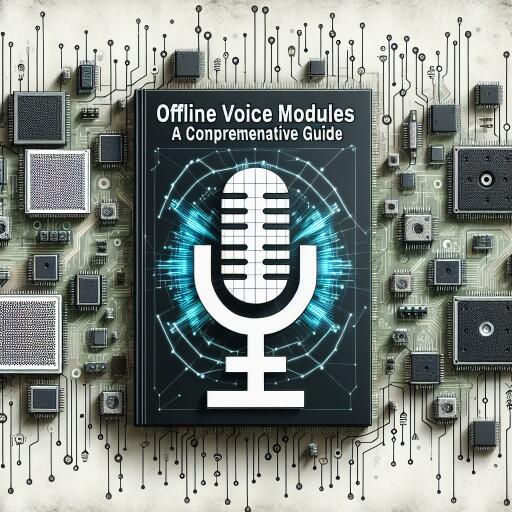Offline Voice Modules: A Comprehensive Guide
Offline voice modules offer a unique approach to voice recognition and control by functioning independently of the internet or cloud infrastructure. Their ability to execute speech recognition, synthesis, and control autonomously makes them a preferred choice for Internet of Things (IoT), smart home systems, robotics, and other embedded applications. What sets these modules apart are their predefined voice commands, coupled with rapid response capabilities.
Standing out among these tools are the VC-01 and VC-02 series—offline voice modules from Ai-Thinker. These modules utilize the US516P6 (Fengniao M) chipset designed by Unisound, ensuring a blend of reliability and adaptability.
The modules are equipped to handle analog microphone input and offer dual-channel DAC output. With 2MB of Flash memory and 242KB of SRAM, they incorporate advanced noise reduction techniques to guarantee precision and swift feedback. Support for bilingual (Chinese and English) command execution makes them ideal for applications ranging from smart home devices to IoT implementations.
Although both VC-01 and VC-02 development kits are constructed on the same printed circuit board (PCB) base, they differ primarily in module size. Each supports up to 150 offline voice commands and features five GPIO outputs, along with I2C, PWM, DAC, and UART interfaces. The GPIOs facilitate basic switch operations, whereas the other communication protocols allow for intricate command execution involving external microcontrollers.
For those prioritizing compactness, the VC-02 emerges as the preferred option. Detailed schematics for the kits are available through their associated specification documents, enhancing understanding for developers.
Since both kits share a unified PCB design, our unboxing and demonstration will focus specifically on the VC-02 kit, unless explicitly mentioned otherwise.
The VC-02-kit comprises three core components: the primary module, a microphone, and a speaker unit. It draws power through a Micro-USB port and houses two essential connectors: one designated for speaker output and the other for microphone input.
When setting up the microphone and speaker, it’s paramount to align the connectors correctly. The design incorporates safeguard measures to prevent improper connections.
This exploration into offline voice modules has centered on the Ai-Thinker’s VC-01 and VC-02 series, delving into their technical attributes, comparative distinctions, and development resources. Additionally, we provided an unboxing experience of the VC-02-kit, accentuating its hardware aspects for developers.
In future articles, the exploration will extend to cover the VC series’ pin configurations, options for peripheral extension, and the protocols for factory firmware testing.










